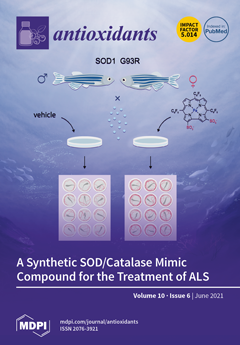Standard heart failure (HF) therapies have failed to improve cardiac function or survival in HF patients with right ventricular (RV) dysfunction suggesting a divergence in the molecular mechanisms of RV vs. left ventricular (LV) failure. Here we aimed to investigate interventricular differences in sarcomeric regulation and function in experimental myocardial infarction (MI)-induced HF with reduced LV ejection fraction (HFrEF). MI was induced by LAD ligation in Sprague–Dawley male rats. Sham-operated animals served as controls. Eight weeks after intervention, post-ischemic HFrEF and Sham animals were euthanized. Heart tissue samples were deep-frozen stored (
n = 3–5 heart/group) for ELISA, kinase activity assays, passive stiffness and Ca
2+-sensitivity measurements on isolated cardiomyocytes, phospho-specific Western blot, and PAGE of contractile proteins, as well as for collagen gene expressions. Markers of oxidative stress and inflammation showed interventricular differences in post-ischemic rats: TGF-β1, lipid peroxidation, and 3-nitrotyrosine levels were higher in the LV than RV, while hydrogen peroxide, VCAM-1, TNFα, and TGF-β1 were increased in both ventricles. In addition, nitric oxide (NO) level was significantly decreased, while FN-1 level was significantly increased only in the LV, but both were unchanged in RV. CaMKII activity showed an 81.6% increase in the LV, in contrast to a 38.6% decrease in the RV of HFrEF rats. Cardiomyocyte passive stiffness was higher in the HFrEF compared to the Sham group as evident from significantly steeper F
passive vs. sarcomere length relationships. In vitro treatment with CaMKIIδ, however, restored cardiomyocyte passive stiffness only in the HFrEF RV, but had no effect in the HFrEF LV. PKG activity was lower in both ventricles in the HFrEF compared to the Sham group. In vitro PKG administration decreased HFrEF cardiomyocyte passive stiffness; however, the effect was more pronounced in the HFrEF LV than HFrEF RV. In line with this, we observed distinct changes of titin site-specific phosphorylation in the RV vs. LV of post-ischemic rats, which may explain divergent cardiomyocyte stiffness modulation observed. Finally, Ca
2+-sensitivity of RV cardiomyocytes was unchanged, while LV cardiomyocytes showed increased Ca
2+-sensitivity in the HFrEF group. This could be explained by decreased Ser-282 phosphorylation of cMyBP-C by 44.5% in the RV, but without any alteration in the LV, while Ser-23/24 phosphorylation of cTnI was decreased in both ventricles in the HFrEF vs. the Sham group. Our data pointed to distinct signaling pathways-mediated phosphorylations of sarcomeric proteins for the RV and LV of the post-ischemic failing rat heart. These results implicate divergent responses for oxidative stress and open a new avenue in targeting the RV independently of the LV.
Full article






